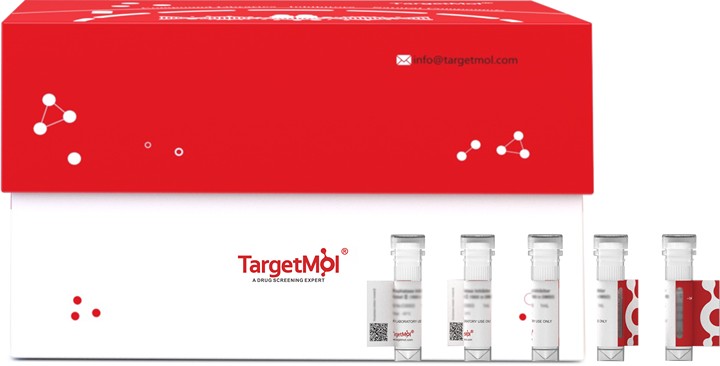购物车
全部删除  您的购物车当前为空
您的购物车当前为空
FOLR1 Protein, Human, Recombinant (His) V2 is expressed in HEK293 Cells. The accession number is P15328.

| 规格 | 价格 | 库存 | 数量 |
|---|---|---|---|
| 5 μg | ¥ 429 | 6-8日内发货 | |
| 10 μg | ¥ 697 | 6-8日内发货 | |
| 20 μg | ¥ 1,150 | 5日内发货 | |
| 50 μg | ¥ 2,260 | 5日内发货 | |
| 100 μg | ¥ 3,820 | 5日内发货 | |
| 200 μg | ¥ 6,750 | 5日内发货 | |
| 500 μg | ¥ 14,200 | 5日内发货 |
| 生物活性 | Immobilized Human FOLR1-His at 1 μg/ml (100 μl/well) can bind Anti-Human FOLR1 mAb.The ED50 of Anti-Human FOLR1 mAb is 0.626 ng/ml. Loaded Anti-Human FOLR1 mAb-Fc on Protein A Biosensor, can bind Human FOLR1-His with an affinity constant of 12.1 nM as determined in BLI assay. |
| 产品描述 | FOLR1 Protein, Human, Recombinant (His) V2 is expressed in HEK293 Cells. The accession number is P15328. |
| 种属 | Human |
| 表达系统 | HEK293 Cells |
| 标签 | C-6xHis |
| 蛋白编号 | P15328 |
| 别名 | FOLR,folate receptor 1 (adult),Folate Binding Protein,FBP |
| 蛋白构建 | Arg25-Ser234 |
| 蛋白纯度 | > 95% as determined by SDS-PAGE |
| 分子量 | 25.7 kDa (Predicted); 28-38 kDa (Reducing conditions) |
| 内毒素 | < 1.0 EU/μg of the protein as determined by the LAL method. |
| 蛋白性状 | Lyophilized powder |
| 缓冲液 | Lyophilized from a 0.2 μm filtered solution of PBS, pH 7.4. |
| 复溶方法 | Reconstitute the lyophilized protein in sterile deionized water. The product concentration should not be less than 100 μg/mL. Before opening, centrifuge the tube to collect powder at the bottom. After adding the reconstitution buffer, avoid vortexing or pipetting for mixing. |
| 存储 | Lyophilized powders can be stably stored for over 12 months, while liquid products can be stored for 6-12 months at -80°C. For reconstituted protein solutions, the solution can be stored at -20°C to -80°C for at least 3 months. Please avoid multiple freeze-thaw cycles and store products in aliquots. |
| 运输方式 | In general, Lyophilized powders are shipping with blue ice. Solutions are shipping with dry ice. |
| 研究背景 | Folate receptor alpha(FOLR) belongs to the folate receptor family, and is primarily expressed in tissues of epithelial origin. It is also expressed in kidney, lung and cerebellum. The secreted form is derived from the membrane-bound form either by cleavage of the GPI anchor, or/and by proteolysis catalyzed by a metalloprotease. FOLR1 binds to folate and reduced folic acid derivatives and mediates delivery of 5-methyltetrahydrofolate and folate analogs into the interior of cells. It has high affinity for folate and folic acid analogs at neutral pH. Exposure to slightly acidic pH after receptor endocytosis triggers a conformation change that strongly reduces its affinity for folates and mediates their release. It is required for normal embryonic development and normal cell proliferation. |